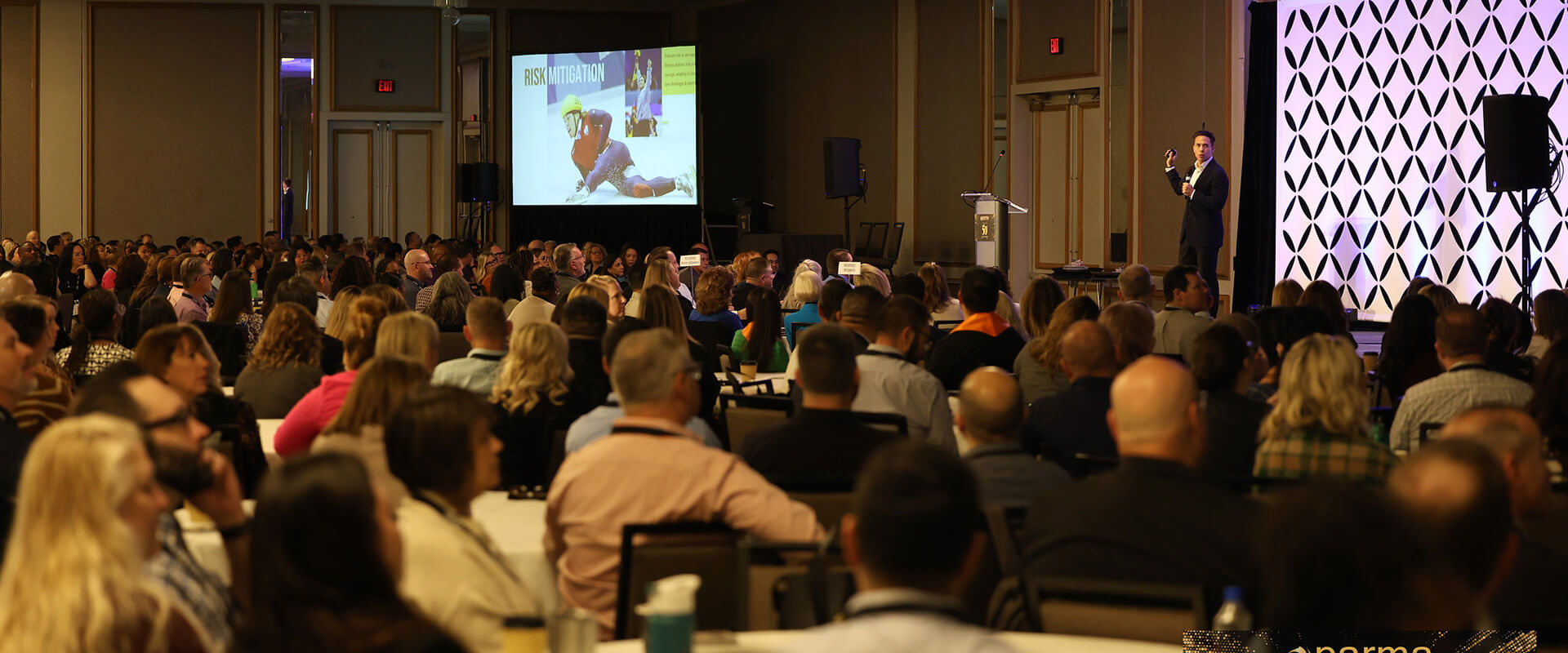What if California Faces a Disaster During The Pandemic?
California has evacuation plans for earthquakes, floods, mudslides and, of course, wildfires, but what if one of those disasters occurs as the state is dealing with the coronavirus outbreak when everyone is being urged to stay home?
State and local officials are trying to figure that out.








